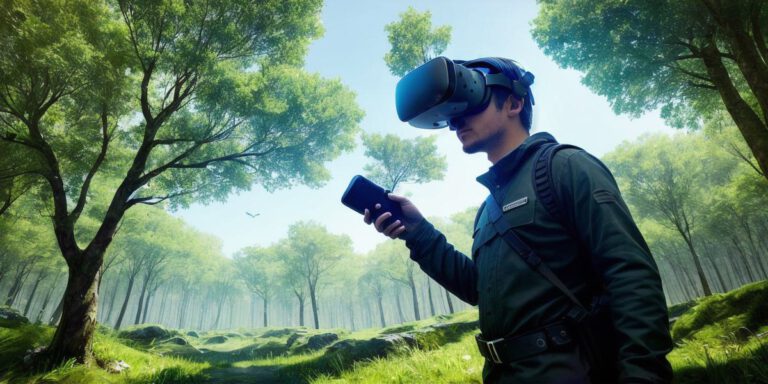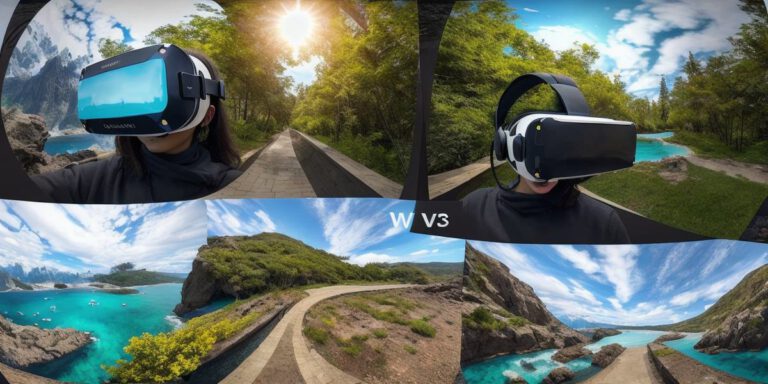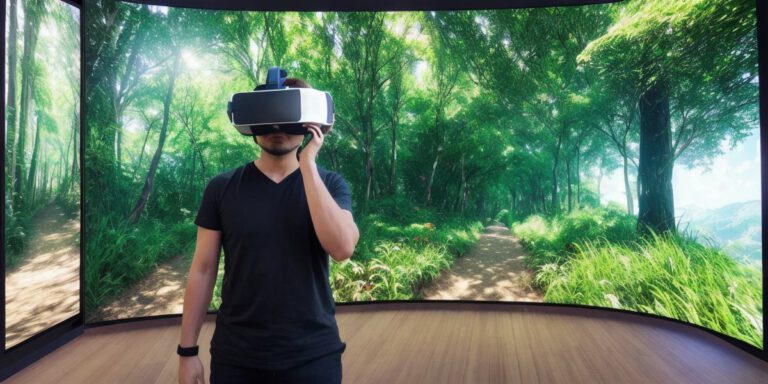“Surprising Alternatives and Benefits for Virtual Reality Developers”
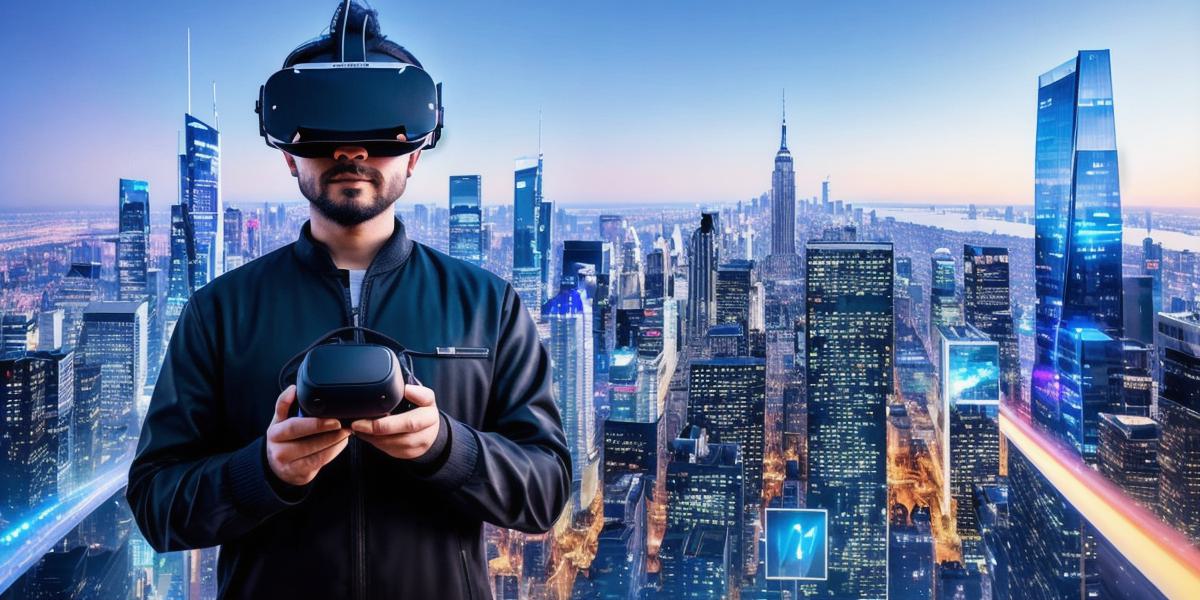
Virtual reality (VR) is a rapidly growing industry, with new and innovative technologies emerging all the time. As VR developers, it’s important to stay up-to-date with the latest trends and techniques in order to create immersive experiences that truly captivate users. In this article, we’ll explore some surprising alternatives and benefits that you may not have considered before.
- Augmented Reality (AR)
While VR is often associated with fully immersive environments, augmented reality (AR) offers a different approach to enhancing user experience. AR technology overlays digital information on top of the real world, allowing users to interact with both virtual and physical elements in a seamless manner.
One example of an AR application for VR developers is the use of AR in retail environments. By overlaying product information on physical objects, customers can make more informed purchasing decisions and engage with products in a more interactive way. This can lead to increased sales and customer satisfaction.
Another example is the use of AR in education. By using AR technology to enhance classroom lessons, teachers can create more engaging and interactive experiences that help students to better understand complex concepts.
- 3D Scanning
One of the challenges of VR development is creating realistic and believable environments. 3D scanning technology offers a solution by allowing developers to capture real-world objects and environments and bring them into virtual space.
For example, a company called The Wilderness Society has been using 3D scanning to create immersive experiences that allow users to explore the natural world in a more realistic way. By capturing the details of real-world ecosystems, they’re able to create environments that feel more authentic and engaging.
3. Haptic Feedback
Another way to enhance user experience is through haptic feedback technology, which allows users to feel physical sensations in virtual space. This can be particularly useful for VR applications that require users to interact with objects in a tactile way, such as surgical training or physical therapy.
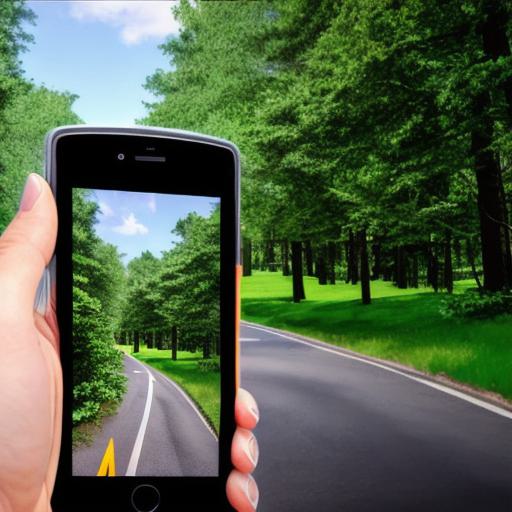
For example, a company called HaptX has developed gloves that use haptic feedback technology to simulate the sensation of touching and manipulating virtual objects. These gloves have been used in a number of applications, including medical training and video games.
4. Motion Capture
Motion capture technology allows developers to track the movements of real-world actors and incorporate that data into VR environments. This can be particularly useful for creating realistic characters and animations.
One example of motion capture in VR development is the use of this technology in the creation of the character Ada in the game "Ada’s Adventures." By capturing the movements of real-world actors, the developers were able to create a more lifelike and engaging character.
In conclusion, as virtual reality developers, it’s important to stay up-to-date with the latest trends and technologies in order to create immersive experiences that truly captivate users. By exploring alternative approaches like augmented reality, 3D scanning, haptic feedback, and motion capture, you can enhance user experience and create more engaging and interactive applications.
